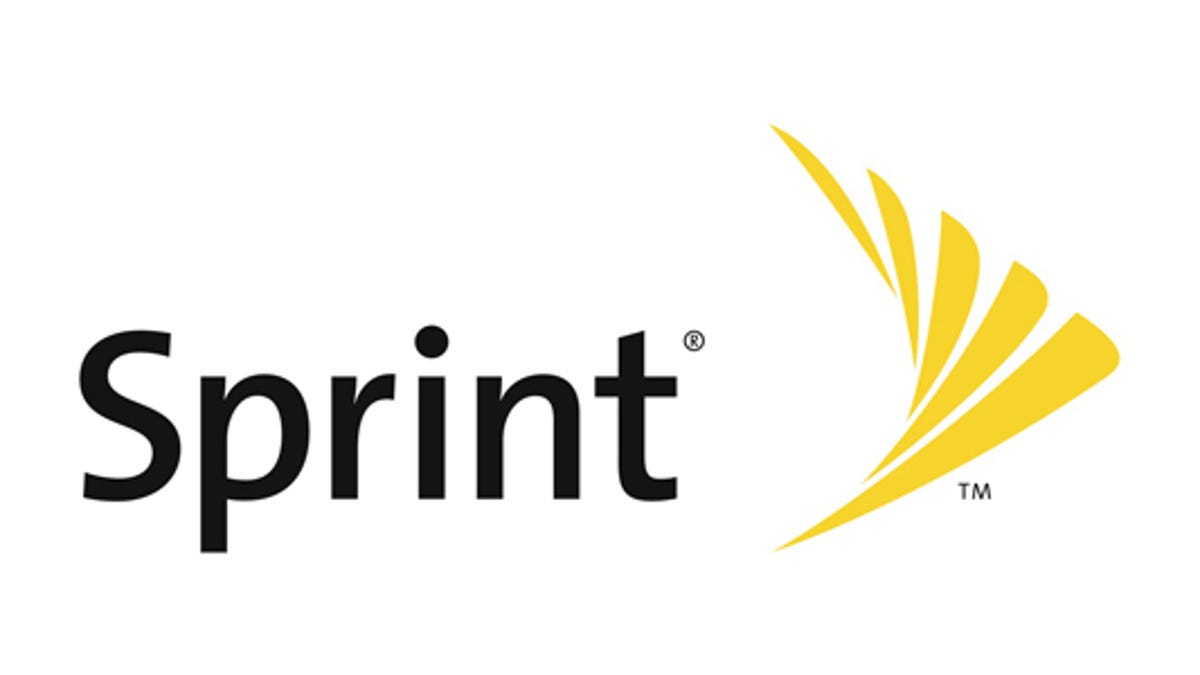Sprint lays out plans for future of Direct Connect service
By the end of this year, Sprint says it will start CDMA cell service with the aim of closing down iDEN cell sites by 2013.

After keeping us in suspense for the last couple months, Sprint today finally laid out concrete plans for the future of Nextel's Direct Connect network. The carrier says it will retain the basic elements of the push-to-talk (PTT) network, but it will transition the service from iDEN to CDMA by the fourth quarter of this year.
The move will be a centerpiece of the carrier's "Network Vision" program that it announced last December. By consolidating the incompatible networks, Sprint promises to enhance coverage and data speeds, boost capacity, increase network flexibility, and reduce operating costs.
Since acquiring Nextel almost six years ago for $35 billion, the carrier has struggled to integrate Nextel's dissimilar network, services, and subscriber base into its own offerings. Sprint always maintained it would eventually replace iDEN, but several attempts at doing so--such as the company's
What's to come
So how will Sprint's new network function? In the short term, it will begin rolling out new CDMA devices with Direct Connect to attract new and encourage existing iDEN users to transition to CDMA. The handsets, which will sport rugged designs that have long been a Nextel hallmark, will come initially from Kyocera and Motorola. Though Kyocera will be somewhat new to the Direct Connect world, Motorola was the exclusive manufacturer of Nextel iDEN devices for much of that carrier's life.
Exact details about the new devices are still few, but the first crop should include a durable flip phone with a digital camera and an Android-powered smartphone with a touch screen and a full QWERTY keyboard. Then, in 2012, Sprint promises more CDMA push-to-talk devices with varying designs.
As for Direct Connect offerings, Sprint says the new devices will have "most" of the capabilities of its current PTT phones. The carrier is mum on whether it will remove any features, but it will add support for group push-to-talk for up to 200 participants, interoperability with Land Mobile Radio, availability notification, and international PTT.
Though some iDEN users may balk at the change, Sprint is pledging to shut down its iDEN cell sites by 2013. The carrier also stresses that using the CDMA technology will increase PTT coverage to nearly 2.7 million square miles or 309 million people and boost in-building coverage.

